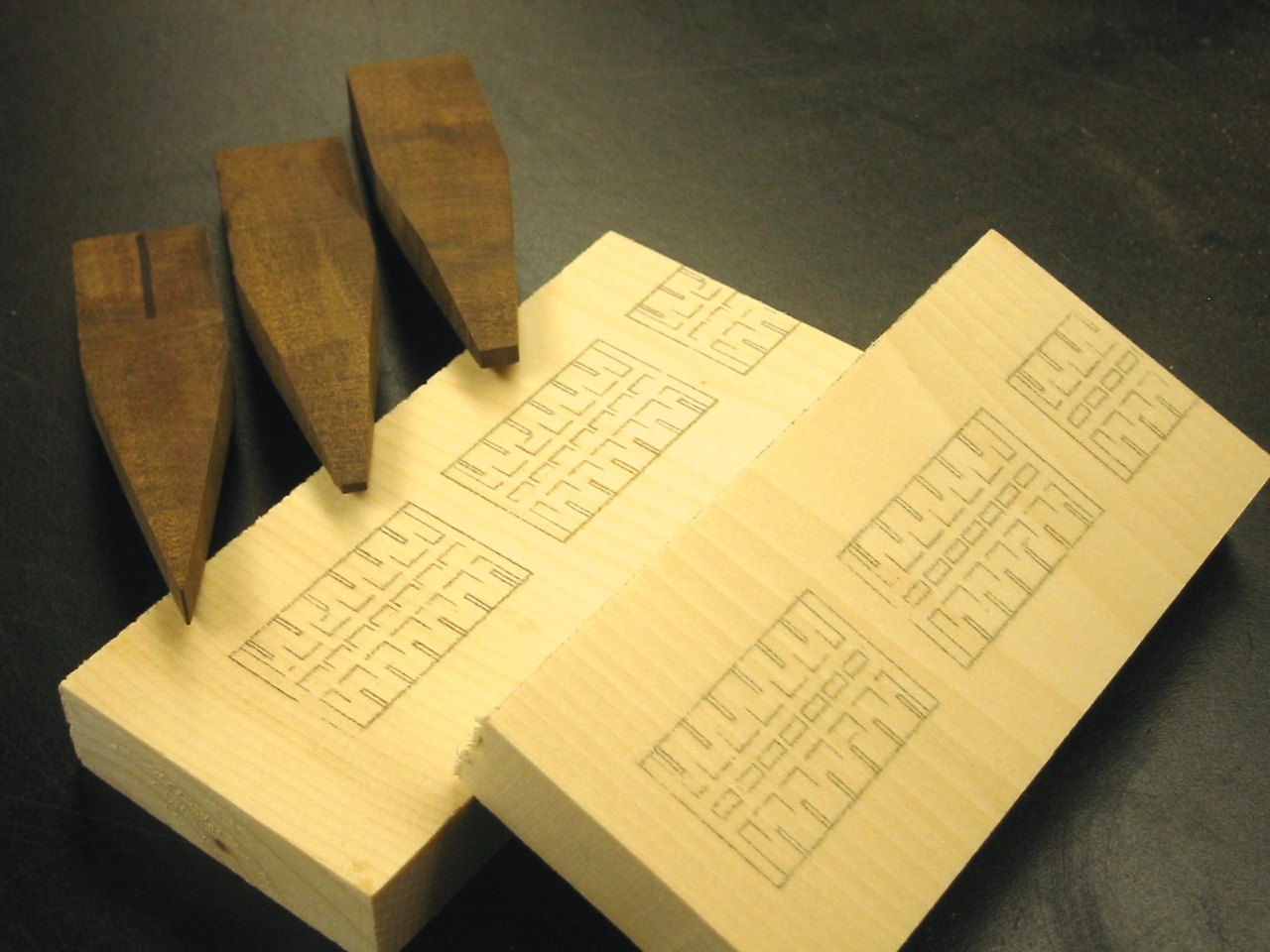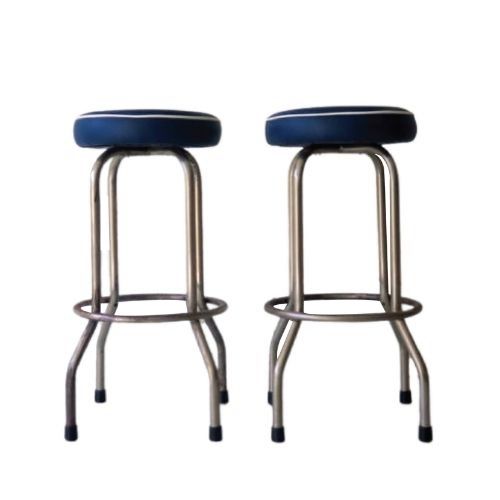SDR,
Yes Pollock did paint on the floor on UN-stretched canvas, walking around the painting and reaching over and into, using gravity to let the paint drip from sticks. Most often times the canvas was later stretched (on stretcher frames) afterwards. So lots of re considering and re cropping and re composing went on at that point, I suppose.
I mean it would clearly be an entirely different composition with 4 or 5 inches "removed" from all four edges, just for stretching practicalities.
I was trying to say that many times the paint did not get all the way to the edge of the un-stretched canvas to begin with -- so there might still be room for a re-do of an edge once in a while, if need be.
And yes, even if no actual paint is going around the edges, there would still be tell-tale signs of re-stretching on the raw and unpainted canvas, if it occurred.
I did think there were more paintings where the paint did not reach edges at all. Maybe I should do more homework rather than rely on my brain.
PS I am thinking of the dripped enamel paint on raw unprimed canvas paintings, and I am almost certain that on some of the drip paintings, the paint drips did not get all the way to the edge. They had some empty raw canvas space between the edge and the last paint. Even AFTER stretching… An irregular negative space "border"... or "vignette" of dripped paint, if you will.
Lots of images of Jackson Pollock paintings, online. The New Yorker article I linked shows a close-up of the edge of a Pollock canvas, stapled to the edge (or back ?) of a softwood stretcher.
I think every household should have access to a tank or steamroller, for emergency use. Perhaps you will be able to order one from Uber . . . ?
New Department: "DID YOU KNOW ?" First entry:
Einsteins's eye are are currently in storage in a safe deposit box in New York City.
hmmmm…. only one or two Pollocks online that I could even TRY to rationalize as a "vignette" of drips in the middle with empty border….
You were too nice to point out my obvious mistake SDR, but you could have! I know you never do that kind of thing.... And its an admirable quality. Especially when I'm dead-in-the-water wrong!)
Oh well… I still think we could find a few earlier ones, before Clement Greenberg became the puppet master of everything Abstract Expressionism. I blame Clement Greenberg for Pollock's paint going off the edges…
Greenberg's writings were filled with preachings of "all-over" compositions, and flat-ness in painting, and ushered in the demise of "figure / ground" relationships. And he was known to coach his touted painters.
OK OK, I was wrong on about 99.9 per cent of Pollock's paintings. They do in fact go off the edges, and far more consistently than I had realized.
I've been doing some work that might relate to Pollock's: searching for an "attractively random" surface, as perhaps he was, I prefer to let rules guide my hand, freeing my mind to do the pen-and-pencil manipulation once the decisions have been made.
All of these are based on several multi-grids -- checkerboard rasters of two different frequencies and at odd angles, with the coloring strictly adhering to an internally consistent repeat in each case.


Those are nice pieces SDR,
It's interesting that you and Pollock arrive at "randomness" in such different ways. Your process makes me think of Sol Lewitt's "rules" based drawings. He often just sent assistants and rules to different locations to do site specific wall drawings.
I'm sure you know of his work. He did okay!
I like number one and number five best, at least right now. I'm sure they all change with longer viewing… There IS something comforting about having the plan figured out and just getting it done.
EDIT Wait, now I like number three...
That is one curious sculpture… Handsome, yet oddly primitive. I can see how it might have impacted you as a chubby child. Or even a toddler.
It's pre dawn early here, and the fumes from yesterday's new silicone roof coating are all about and have permeated my brain.
I was impacted by Sol in many ways myself. I like best his large scale site specific drawings on black walls with white lines.
Rules: "30 straight lines intersecting at center point, all different lengths, not touching the edges" or something like that. Beautiful. Transfixing.
Knocked me out at the SF MOMA as skinny young artist many years ago. But my first awareness of modern art was probably Franz Kline, and Andy Warhol.
Triple Elvis. Silver and Black. I would even take a double Elvis. Or a black on black electric chair.
Top of the morning, Eameshead!
Well I have a Warhol tap dance to share. Way back in 2008, one of my dearest girlfriends was having cash flow problems. She did receive a Warhol in her 3rd divorce settlement, but it is Marilyn..the one I don't care for. But my friend needed help, so I bought her Warhol (the one that I don't care for...yup, umm). I have yet to pick up the piece, as it does look good in her condo....and she knows that it is mine (well understood). I plan to donate it. I did consider placing a band-aid over Marilyn's forehead, and hanging it in the kitchen..but it looks just fine where it is, and her housekeeper isn't allowed near her art. And I also bought one of Andy Warhol's disco shirts at a local auction of Studio 54 high priced crap. The shirt smelled gamey, so I had it cleaned.
Yes,
Aunt Mark
(edited to add a snappy of the shirt).
Embroidered cotton with an odd sheer textile overlay, or something. I rocked it once. Hi.
Good Warhol story and good morning Mark.
Why don't you like the painting? Is it the color? Or the content? Or both? Or is it just too iconic for your taste? Or is it just awkward now… to pick it up I mean... These things can get complicated somehow.
I would also happily own an Ed Ruscha "Standard Station on Fire - with Olive" or perhaps one of his exquisite black and white airbrush night views of undeveloped housing plots in perspective grids with street lamps in place. Or something in gun powder or beet juice.
Or maybe an Ed Moses. Now there is a weird LA painter. Completely wacko. His paintings I mean… Ed visited my grad school once, back in 77, and he was so nervous answering questions that he tore a button off of his shirt. True story.
(Speaking of shirts)
Marilyn would be a print, no ? A bit of a Warhol cliché, like Handel's Messiah "Hallelujah" chorus ? But, money in the bank (or, on your friend's wall). . .
Thanks for the Lewitt image. Yes, it would be possible to reproduce my repeat patterns (that's what they are, really) by remote control -- as a set of instructions, that is. Finished versions could be made by me using my paper-template-and-spray-can technique, at large enough size to show the repeats and, I suppose, taking some of the magic out of them. It is always interesting to see how large the repeat is, the goal being the-bigger-the-better, for more square feet of apparent randomness. In person and close up, the hand-built textures are part of the effect, though colored pencil can never be as intense and uniform as paint.
Number four above contains another effect, the darkening of the big blue squares as they go up the page. This is entirely the result of increasing pencil pressure, an accidental input that makes for a more interesting image. Over large areas, the varying of the intensity of tone, or even the altering of hue, would introduce another controllable variable that could contribute something to the image. There's really no end to the possibilities -- all of it looking to many like wallpaper or fabric design, of course !
[If you'll indulge me a bit further]
Half a lifetime ago I went to a fabric store and picked out a floral in a cotton (?) upholstery or drapery fabric (what do I know ?) -- the pattern was a medium-small and fairly dense floral, in blue and white. I bought stretchers -- for the first and last time, so far, in my life -- and made a 30" square and two 15" practice panels, and then started making felt templates of one of the components of the pattern, with the idea that I could spray different colors, blended where they met, on that element -- and, presumably, others -- across the surface, to make a unique color composition with "movement" and maybe some new life.
It was dropped, and nothing more done with the idea. Maybe it's time to try again. I just found (online) the secret to printing a pattern of a piece of wood -- or fabric ? -- by using glossy paper in the printer, so that the image remains wet long enough to transfer it to a surface. That would have sped up the process of making those felt template pieces . . .


Yes, most all Warhol works are technically silkscreen "prints", but many are on a very large scale, and on canvas, and then cropped or stretched after being executed flat on the floor (pollock style). I suppose some individual ones are re-worked a bit also? So those would become "mono prints" technically…
But when something gets to be so large that it operates on the scale of painting, and is on canvas, I tend to think of it as painting. (It's funny where each person draws the line when it comes to definitions. Like for me, if its on paper its a "print", but if its big and on canvas, it has the presence of a "painting")
I wonder if Mark's is on paper or canvas? And how big is it?
And yes SDR, I would think that scale would have a profound impact on your work.
The size and frequency and SUBTLETY of the repeat-- and how long it takes to recognize that there is a pattern happening, etc. I find that my own nervous system starts to look for a patten in floor tiles or carpet almost immediately. Even when I can't find it right away, I know its probably going to be there, just because it's what floors do. At least these days. But the suspension of disbelief works so differently when one is viewing a painting. Everything is up for grabs.
I have one for you SDR… When does a "dot" become a "spot"? (Sorry, its 5:07AM Saturday morning, and that is my attempt at a joke….)
Maybe Mark knows… (Good Morning to you Mark!) SDR will wake soon...
If you need any help, please contact us at – info@designaddict.com









